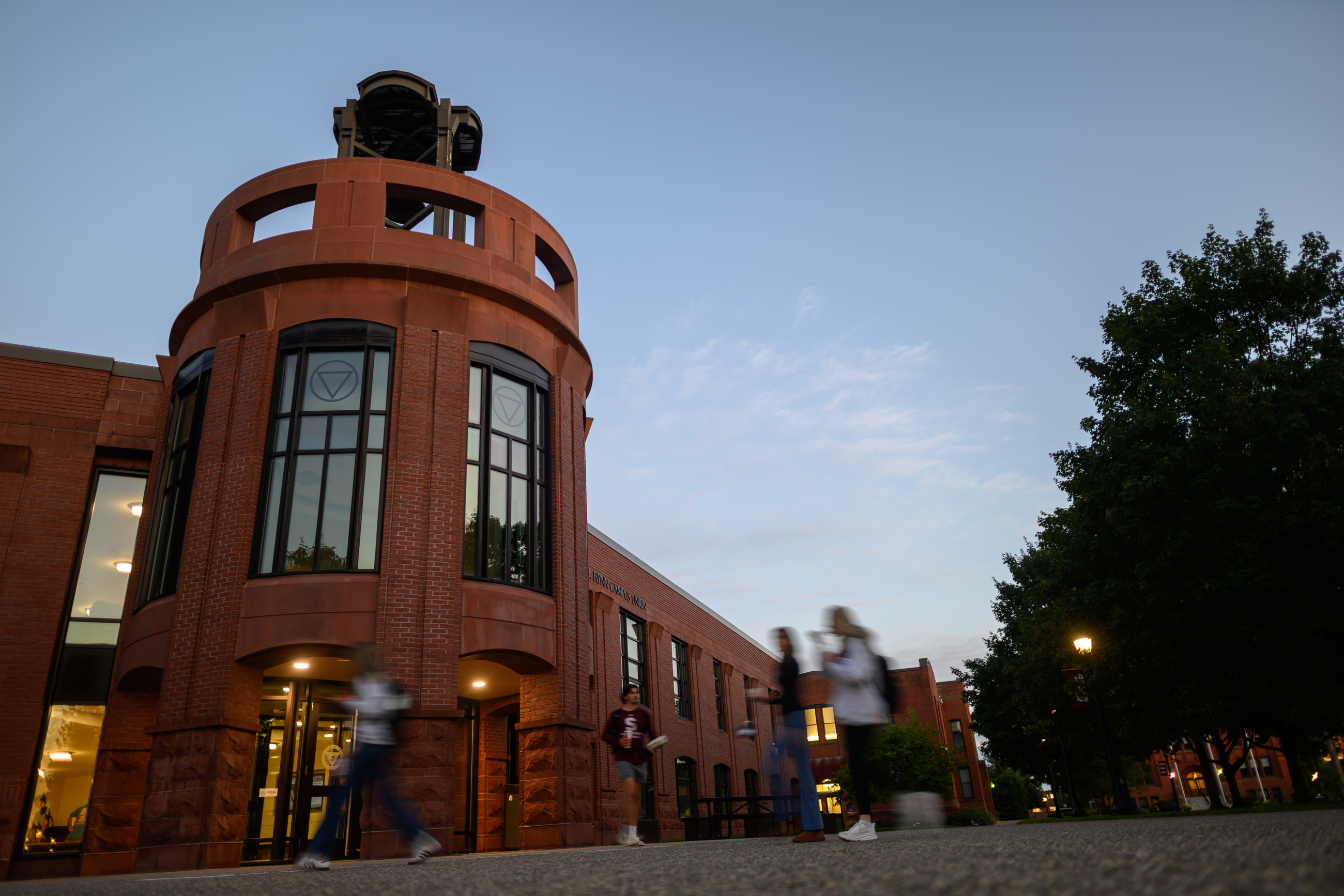Strategic Plan 2035

Advancing the Springfield College Experience
Vision 2035
The Five Key Objectives and Initiatives
Student Experience and Culture
Invest and provide an educational experience and campus culture that supports a healthy and vibrant experience for every student.
Critical Initiatives:
- Ensure that every student develops a meaningful connection with a faculty or staff member who becomes a champion for their success and a vital part of their unique support system.
- Adopt innovative recruitment strategies to attract and enroll the next generation of students to include more affluent geographies, including private, independent schools.
- Incorporate student feedback annually to enhance the educational experience and campus culture.
- Track student experiences to ensure programs and experiences are impactful, financially viable, and responsive.
Metrics:
- Retention rate
- Student satisfaction metrics
- Student engagement initiatives
- Composition of student body
- Leadership development
Recruiting and Retaining Faculty and Staff
Actively recruit, develop, and retain high-quality faculty and staff whose values, teaching styles, and experiences resonate with the distinctive spirit of our students and align with institutional values and mission.
Critical Initiatives:
- Adopt a standards-based recruiting and hiring process to ensure capturing a wide net of candidates, who align with institutional values and needs, which includes student input and cross-disciplinary faculty and staff involvement.
- Design a compensation plan for faculty and staff (salary and benefits) that is competitive at all classification levels, encourages professional growth, and supports recruitment and retention efforts.
- Establish a structured faculty and staff development framework that advances professional learning and embeds continuous improvement practices guided by measurable outcomes.
- Establish clear and supportive position descriptions and evaluation processes to set faculty and staff up for success.
- Launch a recognition program to celebrate the contributions of faculty and staff that advance our mission.
Metrics:
- Recruiting, onboarding, and satisfaction
- Faculty and staff retention
- Professional development
Curricular and Co-Curricular
Provide curricular and co-curricular programming that meet the needs and interests of students in support of their future pursuits.
Critical Initiatives:
- Continuously assess the rigor and relevance of curricular and co-curricular programs to guide program development.
- Engage industry, business partners, and organizations with aligned missions in a mutually beneficial manner in support of the design and delivery of curricular and co-curricular programs.
- Ensure that pedagogy reflects best practices, including experiential learning, instructional design, and harnessing technological opportunities in support of teaching and learning.
- Reimagine the academic experience for students from matriculation to graduation to ensure the student’s readiness and preparedness for work or continued education.
Metrics:
- Exit surveys
- Graduation/completion rates
- Program enrollment
- Post-graduate placement
- Industry feedback survey
Reshaping the Campus Infrastructure
Create a best-in-class campus that drives learning, reflecting our mission, and supports a healthy, vibrant student-life experience.
Critical Initiatives:
- Modernize academic facilities to reflect contemporary learning environments and fully support delivery of the academic programming.
- Build or remodel residence halls to provide students with best-in-class living arrangements.
- Secure financial resources to support improvement of the campus infrastructure, including new construction, renovation, and ongoing maintenance.
- Design and implement a long-range campus infrastructure plan that will guide these efforts for the next decade.
- Expand use of campus facilities for non-tuition revenues.
Metrics:
- Funding capital projects
- Facilities usage for non-tuition revenue
- Deferred maintenance list
- Annual student-life surveys
Financial Sustainability
Ensure the institution’s capacity to effectively manage our financial resources in meeting current and future obligations as well as achieving continued growth in enrollment and net revenue.
Critical Initiatives:
- Grow student enrollment to maintain a minimum class size of 500 and total College population of 2,700.
- Lower the discount rate to the median level for our 10-year cohort group and to ensure the College receives net tuition revenue necessary to adequately fund annual operations.
- Increase and maintain alumni participation in annual giving to at least 20%.
- Raise endowment funds at least 50% to support long-term needs of the College.
Metrics:
- Class size and total College population
- Discount rate
- Alumni giving
- Endowment funds
- Annual net income
Explore Springfield College
